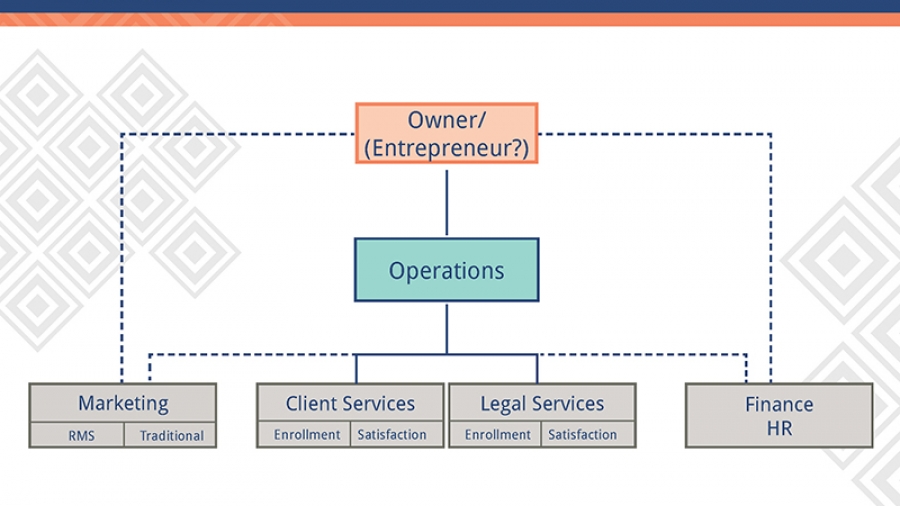February 2024 — Lawyers with Purpose (“LWP”), a leading membership organization for estate planning and elder law attorneys, is thrilled to announce a strategic move toward enhancing its document template solution. After a thorough evaluation, the organization has decided to transition from HotDocs based templates, to Knackly, offering a true cloud-based drafting solution for its members.
The decision to make this transition comes after substantial market research into document automation platforms, that would be up to the task of housing the proprietary templates. While LWP, and its predecessor, Medicaid Practice Systems, have been using HotDocs for their templates for over 20 years, it was time to make a change.
Knackly was created in 2018 by co-founders Lowell Stewart and Kim Mayberry. With over 20 years of experience in the document automation industry, including time with HotDocs, Stewart and Mayberry set out to create a better solution. Knackly touts its modern object-oriented programming to allow for faster, more adaptable automation than is possible in the HotDocs system.
Lawyers with Purpose recognizes the importance of a standalone cloud-based drafting solution, without the reliance on any specific Client Relationship Management (“CRM”) tool. The transition to Knackly ensures greater accessibility, anticipated lower costs, and greater flexibility for its member attorneys. The ability to make changes and updates to the templates on a more frequent basis is one highly anticipated feature.
Further, using Knackly will allow the LWP team to push updates to attorney systems smoothly and efficiently. This streamlined process ensures that members receive the latest features and improvements effortlessly. Enhanced efficiency in document creation, as well as an updated look and feel for the interview process, promises an intuitive experience for attorneys and their staff using the platform.
Lawyers with Purpose CEO, Christen Belcher, expressed eagerness for the collaboration. “The move to Knackly signifies a commitment to providing our members with cutting-edge tools that enhance their practice efficiency.”
Lawyers with Purpose is working diligently with Knackly to transition all estate planning and Medicaid templates expeditiously. Members will receive updates on the status of the project, as the LWP team builds out its transition period for members.
Lawyers with Purpose is a dynamic membership organization dedicated to empowering attorneys with innovative tools and resources to enhance their practice and better serve their clients and communities. For media inquiries, please contact Lisa Roser, Head of Marketing Services, at lroser@lawyerswithpurpose.com.


















